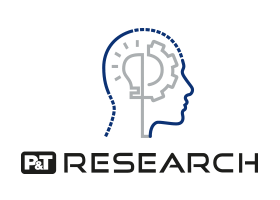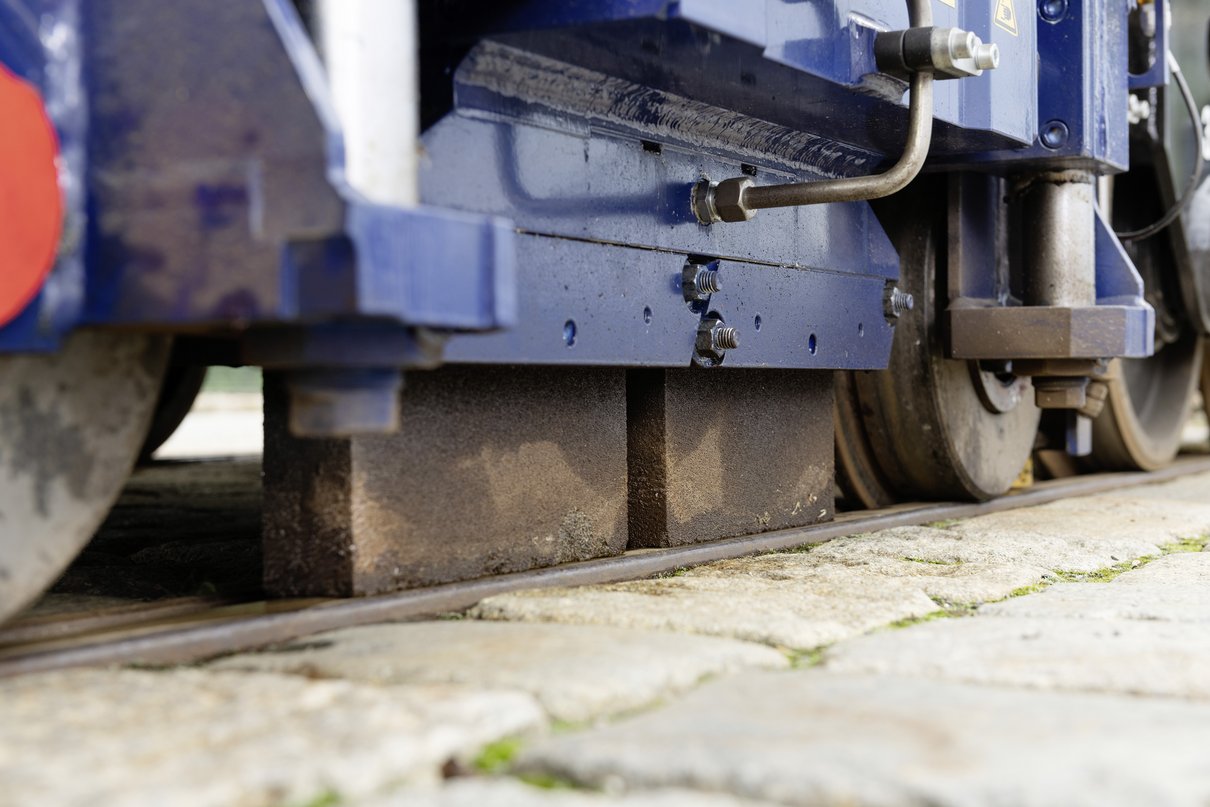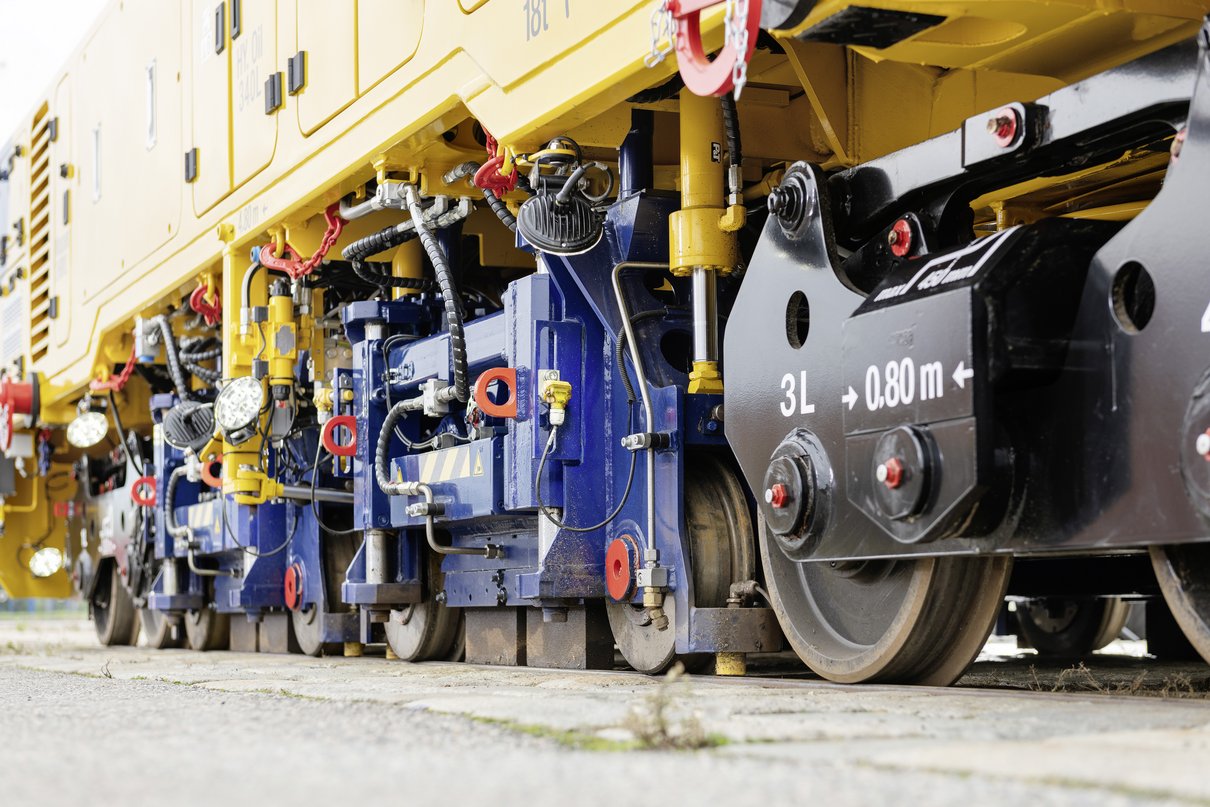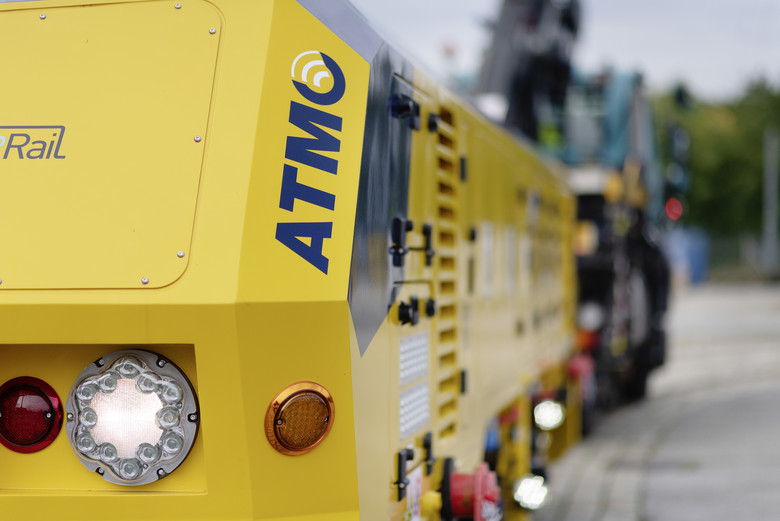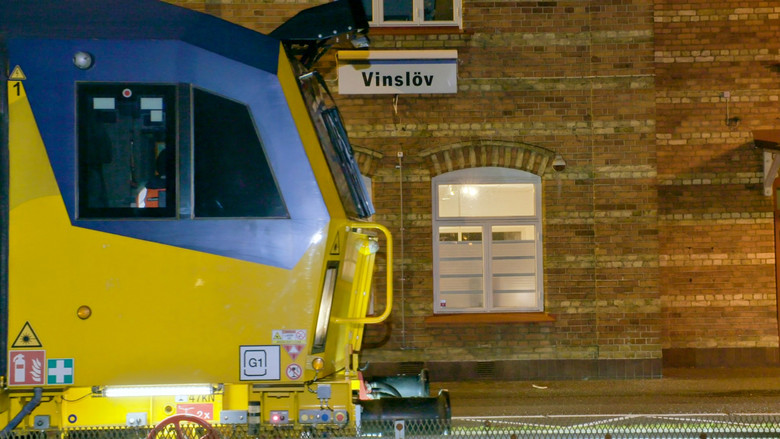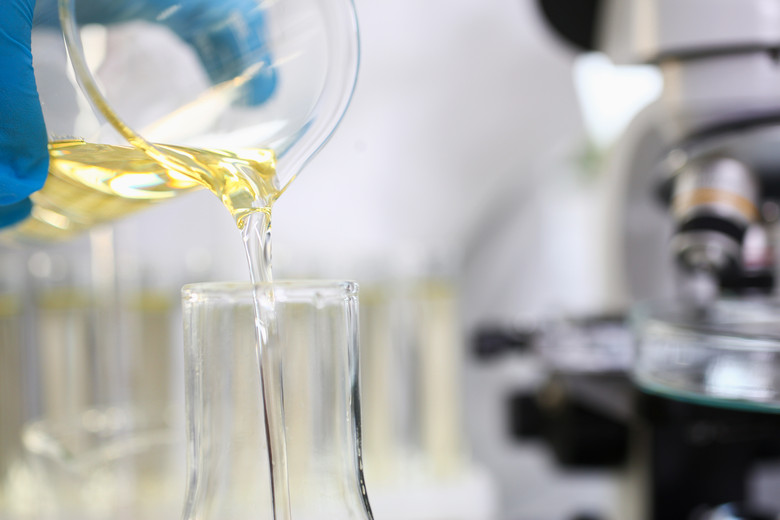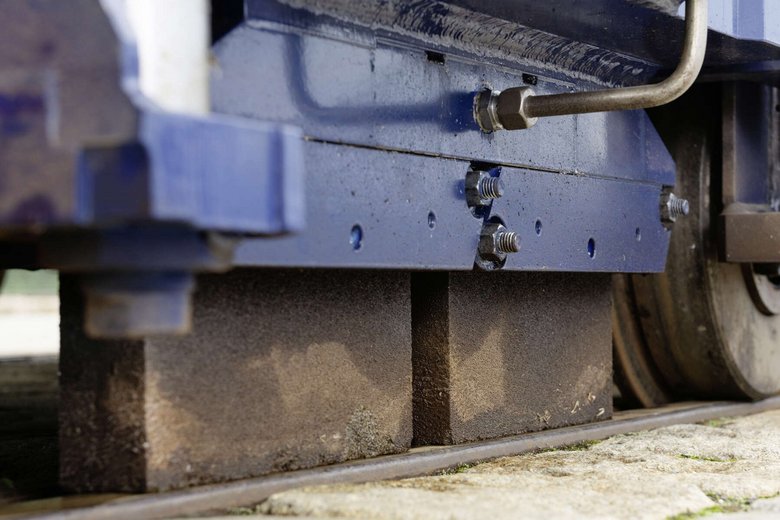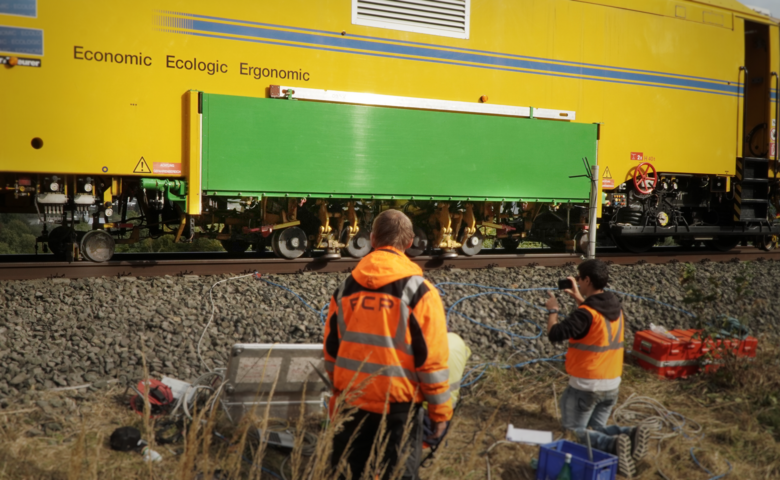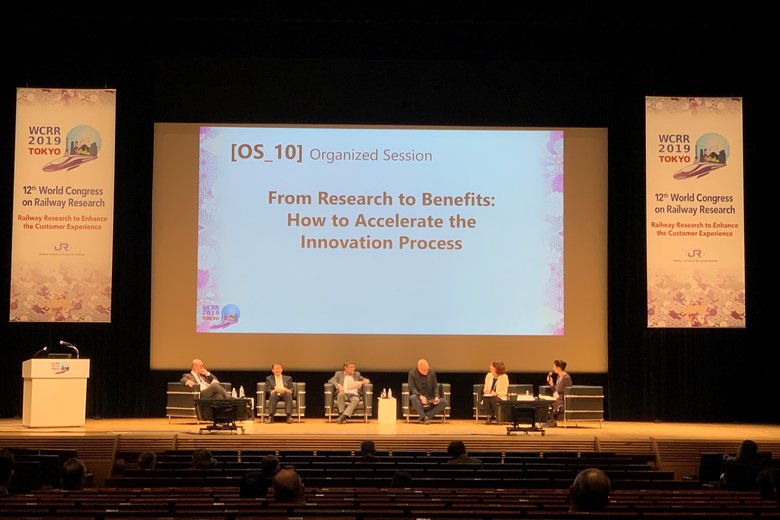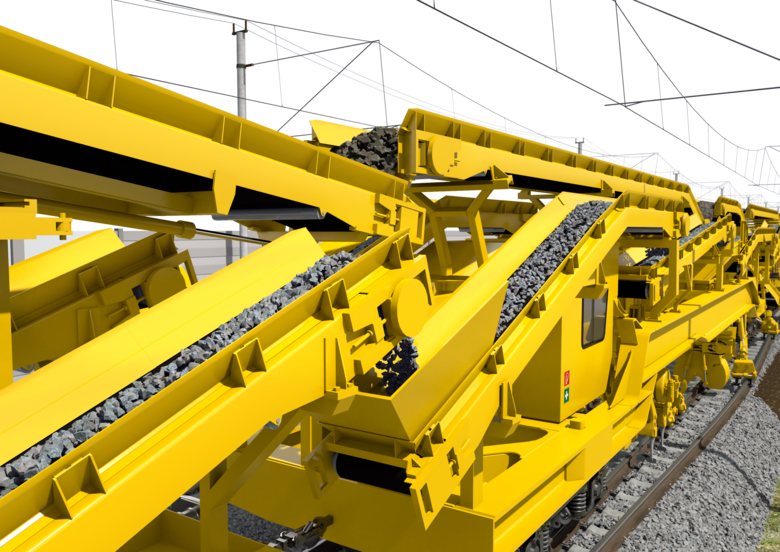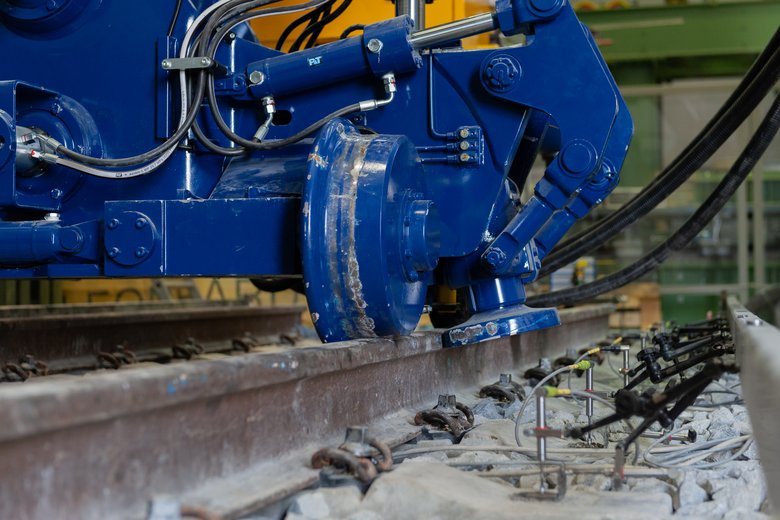Research developments for the urban rail
Shift2Rail, IN2TRACK, and Horizon2020
The European technology initiative Shift2Rail (S2R) works on all kinds of improvements for the wheel/rail system. This includes the project IN2TRACK (I2T), which started in 2016. It is funded by the Horizon 2020 Programme (H2020) and involves a I2T industry consortium and various research partners. A practical example: in the context of I2T, as part of S2R, the Vienna public transport company, Wiener Linien, closely examined their tram network. The subproject “Enhanced Maintenance and Operation” documented the results, also for rail grinding.
In 2018, the Vienna University of Technology (TU Wien) conducted a market study as part of the European research program, Shift2Rail, to provide the theoretical basis for the new product. Worldwide, many new Light Rail Transit Systems (LRT) as well as existing, historic networks require preventive rail care. Rail head grinding reduces noise emission and preserves the value of the rails by extending their service life.
Research partners
Research developments for the urban rail
Rail grinding in urban transport networks
Traffic in tram, light rail and metro networks causes a variety of damage to the rail head. Mechanical stress results in scoring, corrugations, waves, and much more. For decades, preventive, or at least regular, rail grinding has been considered an effective countermeasure. Damage on the running surface affects both smooth operation and the rails’ service life. As the damage intensifies, it also causes vibrations and noise. The structure-borne and airborne noise resulting from the rail head damage presents a health risk to lineside residents. According to the World Health Organisation (WHO), noise pollution is a major environmental threat. It negatively affects people’s physical and mental health. Traffic noise, which includes rail traffic noise, is a major cause of noise pollution.
Intensive oscillating grinding
Rail grinding is an effective and comparably simple measure against rail head damage and its consequences. During the grinding process, the grinding stone moves between two wheel sets. Rails with many and sometimes small radii cause the grinding stone to leave its ideal line of movement. They have therefore posed a problem in the past. In addition, certain line sections require a more intensive treatment than what can be performed in a single pass. The rail grinding trailer ATMO (Automatic Track Machine Oscillator) uses an innovative technology that leaves curve-related problems in the past. Moreover, oscillating rail grinding intensifies the treatment. ATMO is the result of a project based on three pillars: research, transportation operations and engineering.
Quiet, clean, and safe
Regular grinding of the rail head is also referred to as acoustic grinding. It prevents excitation caused by defects on the rail surface, eliminating rolling noise directly at the source, which reduces structure-borne and airborne noise. Rail grinding offers a second advantage: the sliding stones provide a smooth rail head and also clean the rails of leaf litter. Leaves in the tracks quickly cause a lubricating film, which has a lasting negative effect on the wheel/rail contact. This results in skidding when a train starts. The brake process also becomes dangerous when the vehicle slides on the lubricating film. It is obligatory to add water when using sliding stones. “Wet grinding” further optimises the braking distance, especially in the autumn. Rail grinding not only reduces noise levels but also actively prevents accidents by averting operational dangers.
Prototype testing
The urban rail grinding project started in 2016. It is practice-oriented and supported scientifically. In 2018, the potential assessment was completed, the prototype was finished in 2020. The testing phase started in mid-2020.
